TechRadar Verdict
The Lumia 520 looks good, it's got a decent screen, it rarely stutters or slows down, it's great for calls and messaging and might it just be the best entry level Windows Phone handset you can buy.
Pros
- +
Super cheap
- +
Large, expansive screen
- +
Loads of innovation
Cons
- -
No front-facing camera
- -
Average battery
- -
No NFC or compass
Why you can trust TechRadar
The Nokia Lumia 520 stormed onto the scene in 2013 sporting a solid design and specs at an incredibly affordable price which made it an instant hit at the budget end of the mobile market.
It slotted in just below the Lumia 620, propping up Nokia's Windows Phone line up at the lowest possible price point.
It has now since been replaced by the Lumia 530 and Lumia 535, and fewer outlets now stock the device, but you can still pick one up and for as little as £60 on PAYG or from £100 SIM-free.
Rhere's a whole host of competitors, chief of which is the superb Motorola Moto G (recently upgraded to the 2014 edition) – a smartphone that pretty much redefined what a 'budget' handset could be.
There are other options to, of course, such as the ZTE Blade Q Mini or the HTC Desire 510.
But here's something that may have a bearing on whether you buy the Lumia 520 – the phone is the world's top-selling Windows Phone 8 handset, thanks to its impressive specs and low-end price.
What's more, it was the third best-selling phone in the UK in December 2013 according to Jim Belfiore, the VP of operating systems at Microsoft.
Sign up for breaking news, reviews, opinion, top tech deals, and more.
This little handset has also just been on the receiving end of Nokia's Lumia Black system update that adds some extra functionality to the device as well as some new features to play with. More on that later.
The Nokia Lumia 520 has a fairly generous 4-inch, 480 x 800 display and is powered by a 1GHz dual-core Snapdragon S4 processor and 512MB of RAM.
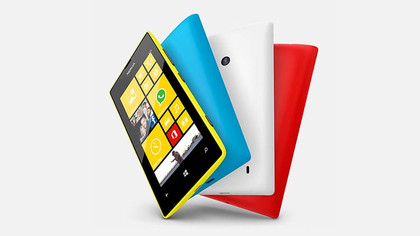
That may not sound like much but the power matches the Lumia 620, and I had few qualms about the performance of that phone given its price. The screen is actually slightly bigger than that of the Nokia Lumia 620, which only has a 3.8-inch display.
At first glance it's certainly an impressive handset for the price, easily competing with the similarly priced Ascend W1 and potentially rendering the Nokia Lumia 620 redundant.
In fact, given that it has similar specs, a bigger screen and a better battery, you might be wondering why the Lumia 520 is considered lower-end than the 620.
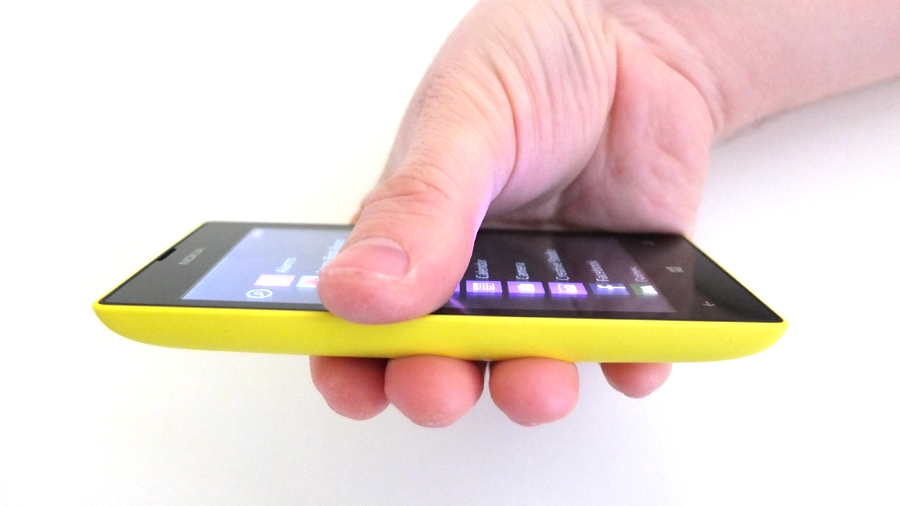
Well, there are a few reasons. First off, the Nokia Lumia 520 doesn't have NFC. It also doesn't have a camera flash or a front-facing camera, plus there's no compass built into it. And while the screen is slightly bigger, it still has the same resolution, resulting in a marginally lower ppi.
But I don't consider any of them to be deal breakers, and depending on how you plan to use the phone they may well be things you can happily live with - especially for £60.
Design
Like all recent Nokia handsets there's a lot of colour in the Nokia Lumia 520. It shares the look of other Lumia devices, with a single piece of smooth plastic covering the back and sides of the phone.
That shell is available in black or white, but the bright shades of yellow, blue and red on offer will appeal if you like it loud.
If nothing else, it makes Nokia handsets stand out from the crowd. Regardless of the colour, it's quite a nice looking phone in other ways, with an angular, rectangular design more in line with the higher end Nokia Lumia 920 than the curved edges of its closest relations – the Nokia Lumia 620 and 625.
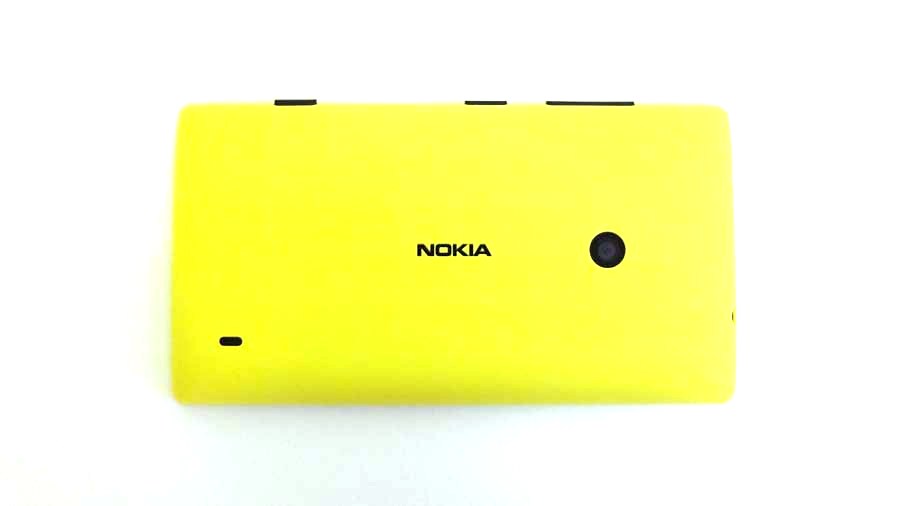
It's certainly a more distinctive (and I'd argue classier) look than that of the Lumia 620 – which is odd considering the Lumia 520 is supposed to be the more basic option.
It's also slimmer and lighter than the Lumia 620, at a fairly sleek 9.9mm and 124g. At 119.9 x 64mm it is longer and wider than the Lumia 620, but that's understandable given that it's also got a slightly bigger screen.
I like the feel of it too. The plastic casing seems almost warm, making it nice to hold, and it's not as slippery as it might look – so getting a firm grip on the handset is no problem.
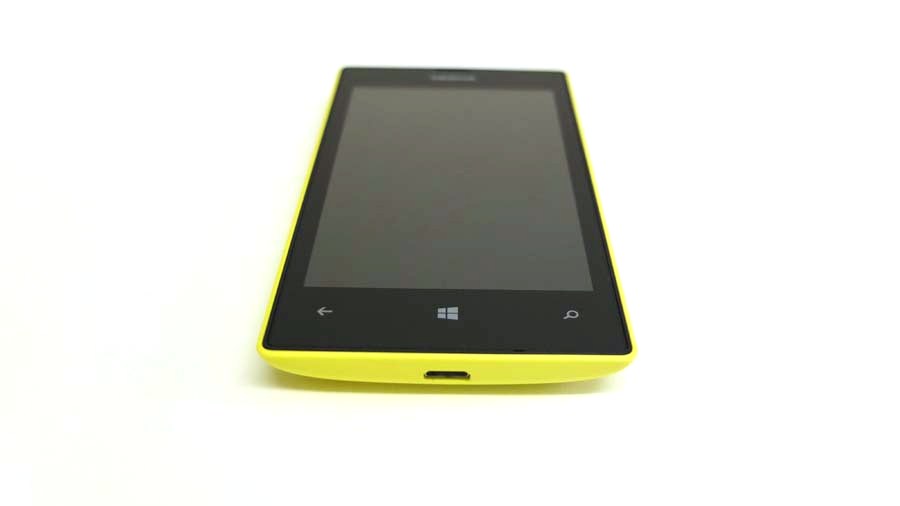
The almost jagged corners can dig into your hand a little when held in certain positions, but it's at worst slightly uncomfortable and easily avoided by adjusting your grip.
The front of the Nokia Lumia 520 is mostly screen as you'd expect and at 4-inches it's a decent size for a low-price handset. The pixel density of 233 pixels per inch also isn't bad at all for the money you're paying. Sure, it's dwarfed by the likes of the 469ppi HTC One, but it's also many times cheaper.
The newer Nokia Lumia 530 manages a higher pixel density of 245ppi due to the increased 480 x 854 resolution that's packed into the 4-inch screen.
A huge plus is the ability to use gloves with the screen too – being able to type in the cold weather is becoming a really common ability on phones, but I'm impressed Nokia managed it on such a cheap handset.

Unlike some handsets, the screen here isn't edge-to-edge: there's a black border running the entire way around it. At the sides this border is fairly narrow, but it becomes quite wide at the top to make room for the earpiece and a Nokia logo. It's even wider at the bottom, because that's where you'll find the start, back and search softkeys.
The back of the handset is almost featureless, with just a small Nokia logo in the centre, the 5MP camera lens near the top and a tiny loudspeaker near the bottom.
The right edge of the handset houses all of the phone's physical buttons, with a volume rocker at the top, a power button near the middle and a camera button near the bottom. The layout works well, with the buttons spaced far enough to prevent confusion.
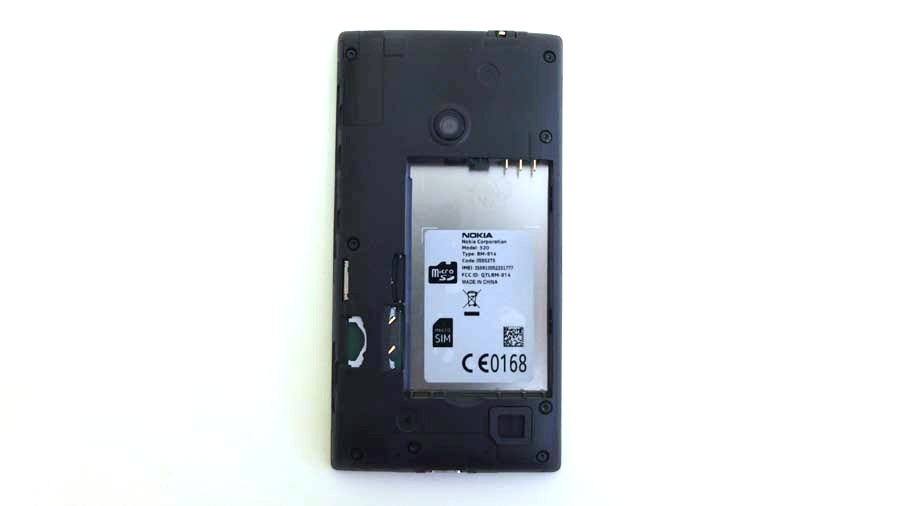
The left edge is devoid of any features, ports or buttons at all. The top is home only to a 3.5mm headphone port on the left-hand side.
The bottom edge has a micro USB port in the centre, which is used for charging or connecting the Nokia Lumia 520 to a computer.
The back cover is easy to remove – you simply use your nails to peel it away at each corner. The cover itself feels reasonably sturdy, so I don't see it snapping even if you take it on and off a lot.
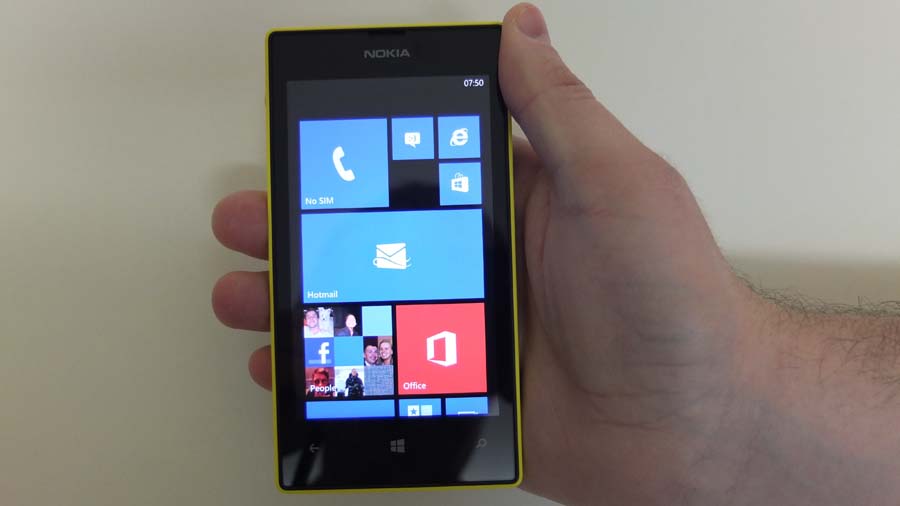
Once that has been removed, you'll have access to the 1430 mAh battery (which interestingly, is bigger than the 1300 mAh battery found in the Nokia Lumia 620).
Underneath the battery there are two slots – one for a micro SIM card and one for a microSD card. The Nokia Lumia 520 supports up to 64GB cards, which comes in very handy for bulking up the storage from the fairly limiting 8GB of onboard memory.
James is a freelance phones, tablets and wearables writer and sub-editor at TechRadar. He has a love for everything ‘smart’, from watches to lights, and can often be found arguing with AI assistants or drowning in the latest apps. James also contributes to 3G.co.uk, 4G.co.uk and 5G.co.uk and has written for T3, Digital Camera World, Clarity Media and others, with work on the web, in print and on TV.
